Essay
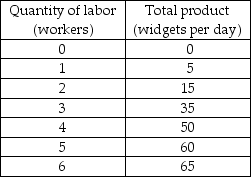
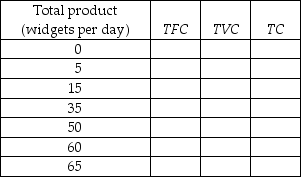
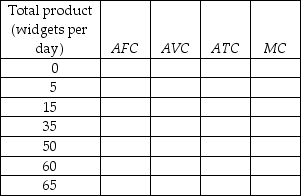
-The first table above has the total product schedule for an imaginary good called a widget. Each unit of labor costs $25 and the total cost of capital is $100.
a) Use this information to complete the remaining two tables. In the tables, TFC is the total fixed cost, TVC is the total variable cost, TC is the total cost, AFC is the average fixed cost, AVC is the average variable cost, ATC is the average total cost, and MC is the marginal cost.
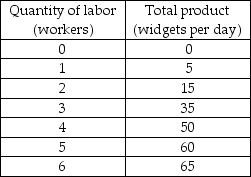
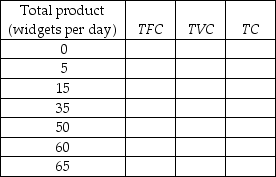 b) Suppose that labor becomes twice as expensive (so that one unit of labor now costs $50) but nothing else changes. Complete the above tables with the new cost schedules. If you plotted the cost curves, how would the increased wage rate affect the cost curves?
b) Suppose that labor becomes twice as expensive (so that one unit of labor now costs $50) but nothing else changes. Complete the above tables with the new cost schedules. If you plotted the cost curves, how would the increased wage rate affect the cost curves?
Correct Answer:

Verified

 a) The completed tables are above. All...
a) The completed tables are above. All...View Answer
Unlock this answer now
Get Access to more Verified Answers free of charge
Correct Answer:
Verified
View Answer
Unlock this answer now
Get Access to more Verified Answers free of charge
Q118: The marginal product of labor is the
Q119: Angel Rodriguez pulls up in his 24-foot
Q120: Diminishing marginal returns means that the firm
Q121: Jefferson's Cleaners<br> <img src="https://d2lvgg3v3hfg70.cloudfront.net/TB8586/.jpg" alt="Jefferson's Cleaners
Q122: <img src="https://d2lvgg3v3hfg70.cloudfront.net/TB8586/.jpg" alt=" -The table above
Q124: If marginal cost is less than average
Q125: The term "fixed cost" refers to the
Q126: Angel Rodriguez pulls up in his 24-foot
Q127: <img src="https://d2lvgg3v3hfg70.cloudfront.net/TB8586/.jpg" alt=" -In the above
Q128: <img src="https://d2lvgg3v3hfg70.cloudfront.net/TB8586/.jpg" alt=" -In the above